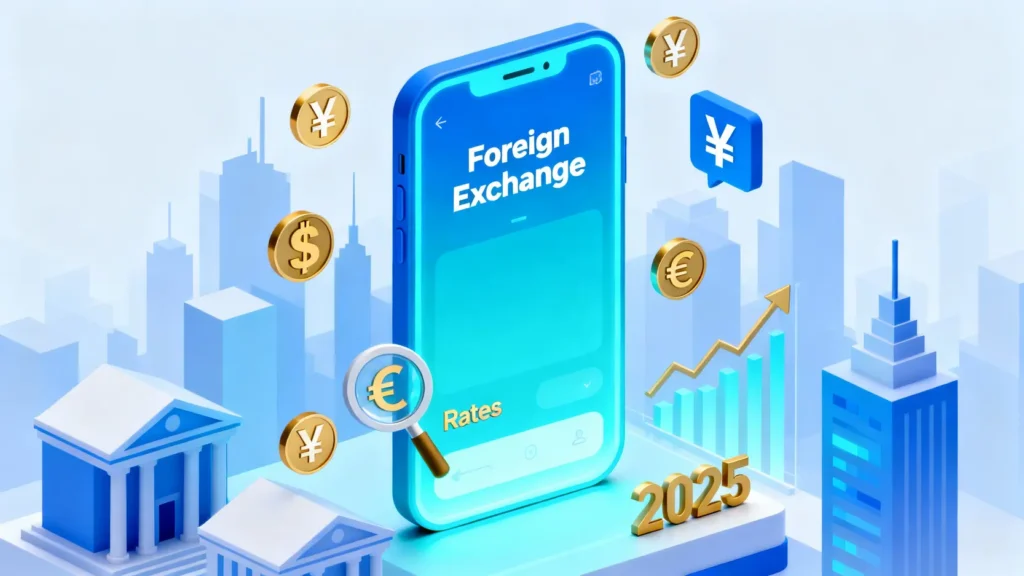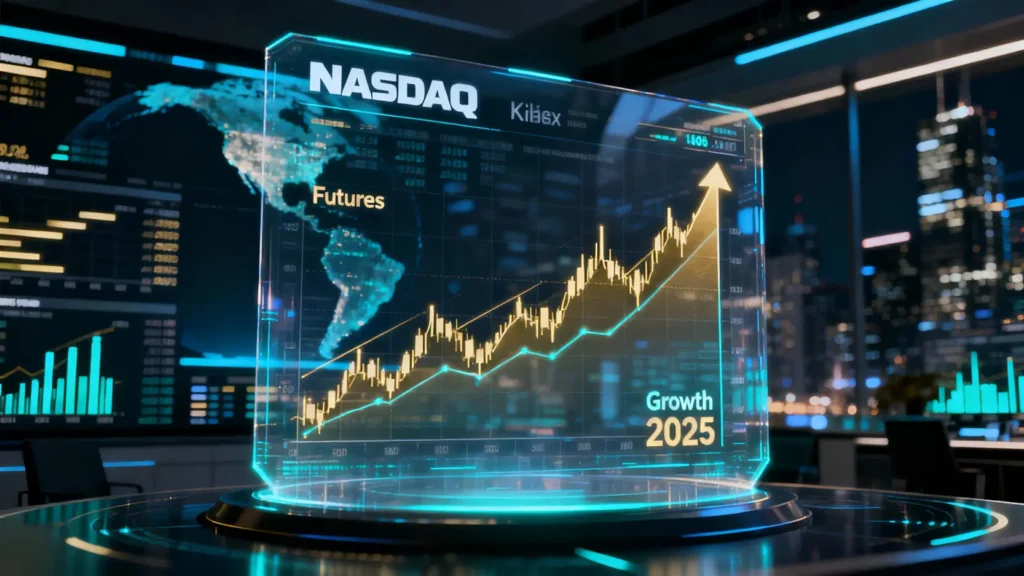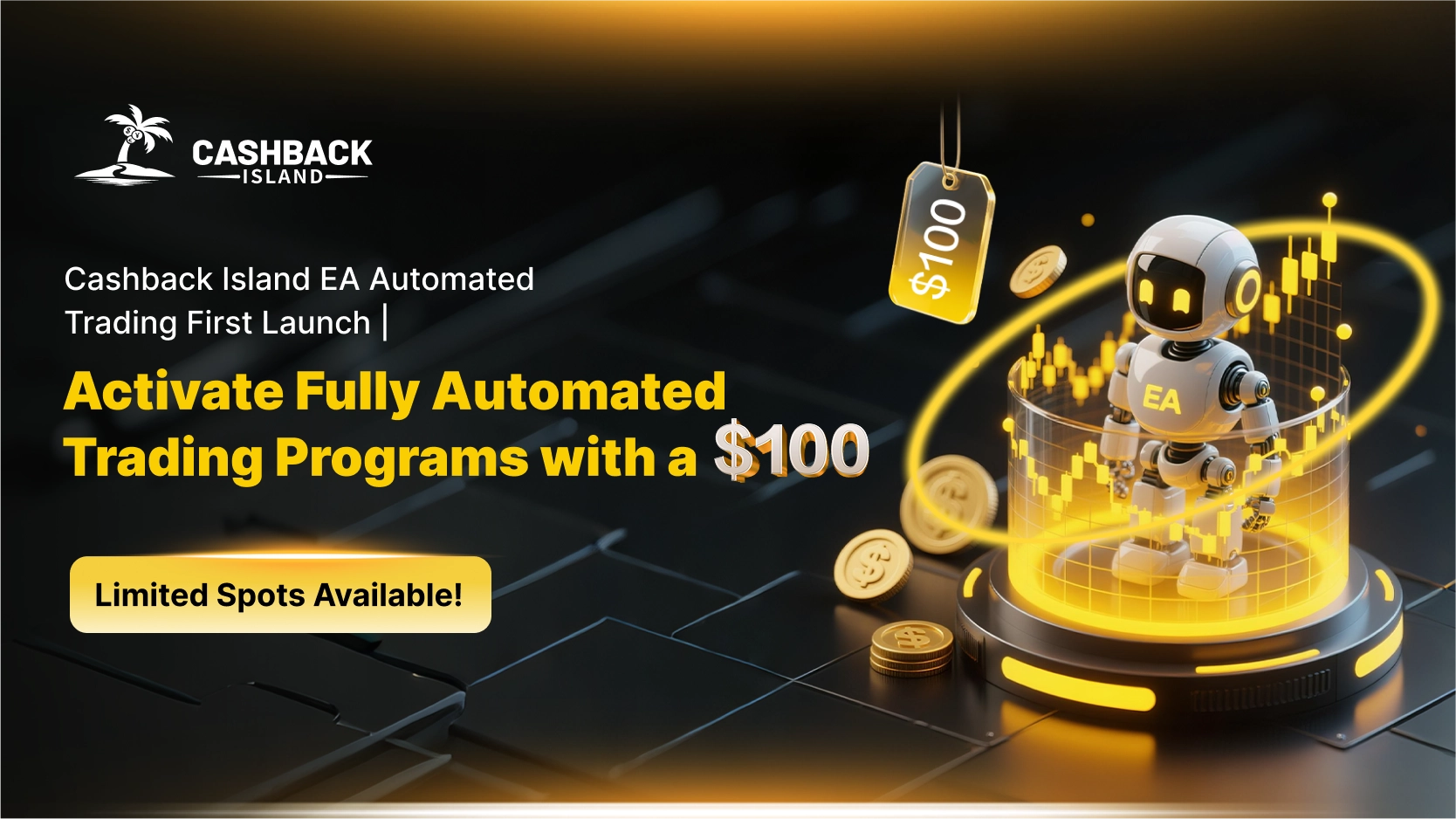2025 Exchange Fee Comparison: Binance vs OKX vs MAX
【2025 Exchange Fee Comparison】Which Exchange Has the Lowest Fees? Complete Summary of Trading Rates Across 5 Major Platforms

Do high trading fees make you feel like your profits are being eaten away every time you trade? In the cryptocurrency market, choosing a low-fee exchange is the key first step to boosting your returns. With so many platforms available, the question of which exchange has the lowest fees remains one of the biggest concerns for investors. This article will give you an in-depth exchange fee comparison and provide detailed trading fee calculation instructions, allowing you to clearly understand the fee structures of major exchanges in 2025 and avoid unnecessary costs.
Why You Must Understand Exchange Fees
Trading fees are the most direct and most frequent costs in cryptocurrency investing. Many beginners overlook these seemingly insignificant charges, but over time, they can have a significant impact on your overall investment returns. This is especially true for short-term or high-frequency traders, where even a small difference in fee rates can determine the success or failure of a strategy. Fully understanding how fees are structured is the foundation for making informed decisions.
Maker vs. Taker: Your Order Type Determines the Fee You Pay
Before comparing the fee rates of each exchange, you must first understand the two core concepts “Maker” and “Taker”, because they directly correspond to different fee levels.
- Maker 📈: When you place a limit order (for example, setting a buy price lower than the current market price) and it does not immediately match an existing order, it enters the order book to wait. In this case, you become a “market maker”. Your action provides liquidity to the market, so exchanges usually reward you with lower fees.
- Taker 📉: When you place a market order, or when your limit order’s price can be matched immediately with an existing order in the order book, you become a “market taker”. You are “taking” liquidity from the market, so you pay a relatively higher fee.
In short: Maker orders create liquidity and have lower fees; Taker orders consume liquidity and have higher fees.
Besides Trading Fees, What Other Hidden Costs Exist?
A complete exchange fee comparison must not focus only on trading rates. Below are two common hidden costs:
- Withdrawal fees: When you need to transfer cryptocurrency from the exchange to your cold wallet or another platform, the exchange will charge a “withdrawal fee”. This fee is usually fixed and varies significantly depending on the coin and the blockchain network (such as ERC20, TRC20, BEP20). In some cases, a single transfer on the Ethereum network can cost tens of dollars, so choosing an exchange that supports low-fee networks is crucial.
- Spread: The spread refers to the difference between the buy price and the sell price. Although this is not a fee directly charged by the exchange, trading pairs or exchanges with lower liquidity often have larger spreads. This means you buy at a higher price and sell at a lower price, which increases your trading costs invisibly.
Mainstream Exchange Fee Comparison Table
To help you more clearly identify which exchange has the lowest fees, we have tidied up the fee structures of several major international and Taiwanese platforms. Please note that the following rates are the basic spot-trading fees at the lowest account tier; actual rates may vary depending on VIP level, promotions, or platform-token discounts.
International Exchanges: Binance vs. OKX vs. Bybit Fee Comparison Battle
These three exchanges rank among the highest in global trading volume, competition is intense, and their fees are highly competitive.
| Exchange | Maker fee | Taker fee |
Platform token discount |
| Binance | 0.1% | 0.1% | Enjoy a 25% discount when paying with BNB |
| OKX | 0.08% | 0.1% | Holding OKB provides fee discounts |
| Bybit | 0.1% | 0.1% | Discounts available through VIP levels or promotional campaigns |
The rates shown are based on data at the time of writing. For the latest information, please refer to each exchange’s official announcements.
Taiwanese Exchanges: MAX vs. BitoPro Fee Comparison and TWD Deposit/Withdrawal Advantages
For investors who prefer using TWD, local Taiwanese exchanges provide the most convenient deposit and withdrawal channels.
| Exchange | Maker fee | Taker fee | Platform features |
| MAX | 0.05% | 0.15% | Convenient TWD deposits and withdrawals, low maker fees |
| BitoPro | 0.1% | 0.2% | Established exchange, BITO token can be used for fee discounts |
From a trading-fee calculation perspective, MAX’s maker fee rate is highly advantageous among the listed platforms. For traders who prefer placing limit orders, it is a very cost-effective option.
Complete Trading-Fee Calculation Guide: Calculate Your Trading Costs in 3 Steps
After understanding each platform’s fee structure, learning how to accurately calculate your trading cost is equally important. By following the three steps below, you can easily keep track of your fee expenses.
Step 1: Confirm Your Trading Pair and Execution Price
First, identify the cryptocurrency pair you are trading (for example, BTC/USDT) and the final executed amount. If you buy 1 Bitcoin with 60,000 USDT, then your trading amount is 60,000 USDT.
Step 2: Apply the Maker or Taker Fee Formula
Next, based on your order type, check the corresponding Maker or Taker fee rate. The formula for calculating trading fees is very simple:
Trading fee = Total trading amount × Corresponding fee rate
Example Calculation: How Much Does It Actually Cost to Buy One Bitcoin?
Let’s take Binance as an example (base rate 0.1%) and assume you buy 1 Bitcoin at an executed price of 60,000 USDT:
- If you execute as a Maker order:
Fee = 60,000 USDT × 0.1% = 60 USDT - If you execute as a Taker order:
Fee = 60,000 USDT × 0.1% = 60 USDT
If you enable the “Use BNB to pay fees” feature, you can enjoy a 25% discount:
- Discounted fee:
60 USDT × (1 – 25%) = 45 USDT
Through this simple trading-fee calculation, you can clearly see that even a small discount setting can help you save a significant amount of cost.
Three Tips to Help You Get the Lowest Trading Fees
In addition to choosing platforms with lower fee rates, you can further reduce your trading costs and maximize your profits by applying the following tips.
Make Good Use of Referral Codes and Registration Bonuses
Almost all exchanges offer referral programs. By registering through a referral link, new users usually receive benefits such as fee rebates or discount vouchers. Spending a little time to find a reliable referral code before opening an account is the first step to saving money.
Increase Your VIP Level to Unlock Lower Fees
Major exchanges have VIP tiers. Typically, if your monthly trading volume or total asset balance on the platform reaches certain thresholds, you can upgrade to a VIP user and enjoy Maker/Taker fee rates that are much lower than those for regular users. This is especially attractive for users with large capital or frequent trading activity.
Using Platform Tokens to Pay Trading Fees
Many exchanges issue their own platform tokens, such as BNB for Binance or OKB for OKX. Using these platform tokens to pay trading fees often provides additional discounts (for example, Binance offers a 25% discount). If you are a frequent user of a specific platform, holding a certain amount of its platform token can be a smart cost-saving strategy.
FAQ
Q1: Which exchange has the lowest withdrawal fees?
A: Withdrawal fees are not solely determined by the exchange. They depend primarily on the blockchain network used by the cryptocurrency and its congestion level. In general, withdrawal fees on networks such as TRC20 (Tron), BEP20 (BNB Smart Chain), or Polygon are far lower than those on ERC20 (Ethereum). Therefore, choosing an exchange that supports multiple networks and allows you to freely select the withdrawal network is the key to reducing withdrawal costs.
Q2: If my trading volume is small, which exchange is most beginner-friendly?
A: For beginners with low trading volume, it is recommended to prioritize the user interface and the convenience of deposits and withdrawals. MAX Exchange in Taiwan is very suitable for newcomers because of its beginner-friendly TWD deposit and withdrawal procedure. If you want access to a wider variety of coins, the interface of Binance is also quite intuitive, and its platform token BNB offers fee discounts with a low entry threshold, which is helpful even for small-volume users.
Q3: Are trading fees fixed or variable?
A: Trading fees are usually a “fixed percentage”, for example 0.1%, but this percentage will decrease as your VIP level increases. Withdrawal fees, however, are variable. Exchanges adjust them dynamically based on the processing cost (Gas Fee) of the blockchain network involved, so you should always double-check the fee before each withdrawal.
Q4: Can Maker fees become negative?
A: Yes, it is possible. On some exchanges, when your VIP level reaches the highest tiers, Maker fees may become negative in order to encourage large traders to provide deeper market liquidity. This means that when a Maker order is executed, not only do you pay no fee, but the exchange will even give you a small rebate. This benefit is typically available only to institutions or professional market makers.
Conclusion
In summary, determining which exchange has the lowest fees requires a comprehensive exchange fee comparison based on your personal trading habits. For high-frequency traders or large-volume users, the well-designed VIP systems and low fee structures of Binance or OKX are highly attractive. For beginners who are just getting started and rely on TWD deposits and withdrawals, MAX Exchange offers unmatched convenience. Before registering on any exchange, be sure to apply the trading-fee calculation methods provided in this article and consider factors such as withdrawal fees and platform-token discounts, so you can choose the platform that saves you the most money and maximizes your investment efficiency.
Related Articles
-
Bank Foreign Exchange Comparison 2025: A Complete Guide to E.SUN, Mega, and Cathay United Bank Exchange Fees and FX Rates Preparing for an overseas trip or planning to invest abroad, but feeling overwhelmed by the various bank FX rates? When exchanging currency, it’s not just about the posted rates, service...2025 年 11 月 17 日
-
Forex Broker Comparison: 2025 Top Platform Spread and Security Evaluation Guide The first step in entering the forex market is choosing a safe and reliable forex broker. However, with so many platforms and so much complex information available, especially when it comes to broker spread comparison, it is easy to...2025 年 11 月 17 日
-
【2025】Top 5 Nasdaq Futures Trading Platform Recommendations, Broker Comparison, Fees, and Account Opening Guide With so many Nasdaq futures trading platforms available, do you feel overwhelmed and unsure how to choose? High fees and unstable trading apps can significantly erode your profits. To find the Nasdaq futures trading platform that...2025 年 11 月 17 日












